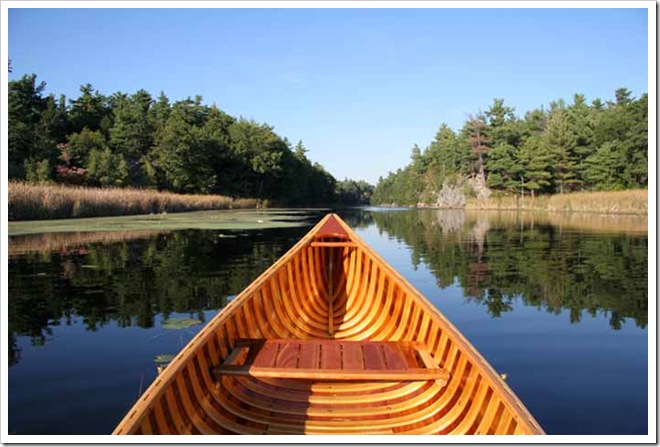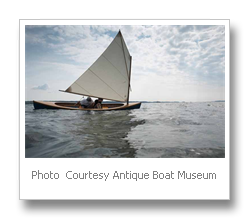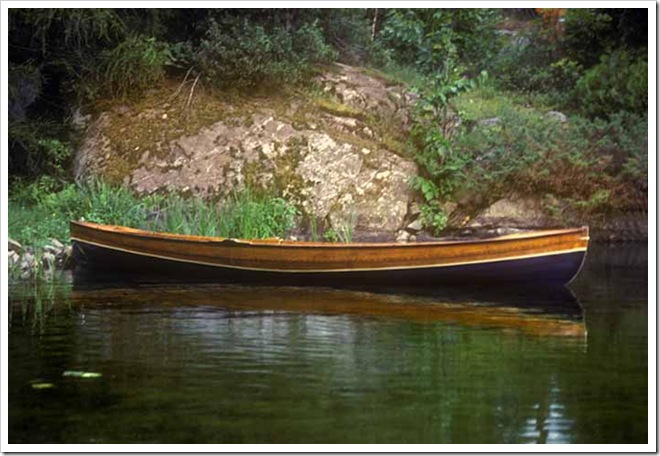Pastimes - On the Water
We live in a floating world, sometimes called "the Venice of America." Most of what we do involves water, at least in getting to destinations. We carry golf clubs and tennis rackets aboard. We have have a sail-in chapel where participants remain on their boats. We may tie up at a waterside theater or restaurant. In the evening we may appear in our boats incongruously attired, sailing en route to a ball or dinner party. Less glamorously, we usually are seen hauling supplies, or carrying refuse to the recycling depot.
[Editor's note: This material was originally compiled and written by Paul Malo. As Summer 2009 proceeds, we will update this page. If you, our reader, has a suggestion for content, please contact me at susansmith@thousandislandslife.com ]
The Boating World
The water is why we're here. Our way of life is water-borne. Boats are central to our lives. Ship building was an early industry two centuries ago; yacht clubs were our social centers a century ago; the Marine Museum of the Great Lakes at Kingston and the Antique Boat Museum at Clayton are major institutions on the River today.
Many boat builders of the region are remembered, such as Rushton, called "the Stradivarius of the Canoe." Atwood Manley memorialized his work in Rushton and his Times in American Canoeing. During the early years of its history, the American Canoe Association convened annual international regattas here and acquired Sugar Island for annual meets, used today as a camp for members.
 |
| |
| Canoes are adept at navigating shallow byways. They were not merely paddled through narrow passages, however, but were sailed on our open waters. If agile, canoes were less stable than our iconic boat, known afar, the St. Lawrence Skiff. The Antique Boat Museum offers a major collection of historic skiffs. A factory at Clayton produced them in quantity at the turn of the twentieth century, when they were shipped around the world. Today they continue to be built individually by local craftsmen.  In the 1880s local boatmen, required to row prodigious distances when guiding anglers, recognized the potential of our regular breeze off Lake Ontario. They added mast and sail, and developed the arcane art of sailing skiffs without a rudder. Those who have learned wind-surfing understand how steering can be accomplished by shifting weight, but at the time the feat skiff astonished viewers, as it still does. The art is perpetuated here, especially at the head of Grindstone Island where skiff sailors compete each summer for a silver trophy first awarded in 1888. In a film regularly shown at the Antique Boat Museum one of these sailors demonstrates the techniques employed. |
 |
St. Lawrence Skiff, Edgar Halladay, Delta, builder, c. 1936. Paul Malo photograph. |